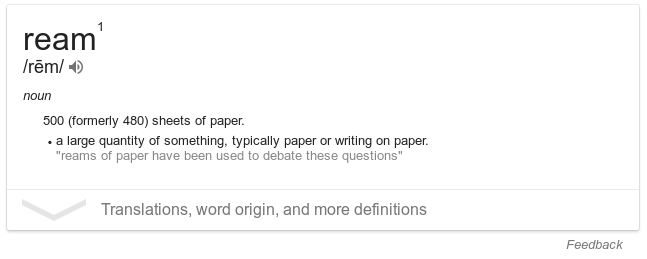Prelude: Process
The course chronicles the trials of a man named Paul (let’s call him Bilal). Bilal works as a software developer by day at a big software firm. By night, he experiments with mobile dev. He wants to make a simple shopping-list app. He has a good idea of features (add item, sort list, auto-show pictures), but feels overwhelmed and doesn’t know where to start. He has about two hours a night to work on his app.
His company uses Scrum, which is an iterative process (deliver something small and complete every two weeks). He likes the iteration part, but scrum seems very focused around communicating: with users, with other developers, etc. Bilal decides that the process is a little two heavy, and decides to go for Kanban instead.
Scrum orients around: “let’s commit to what we can do in two weeks” and try to get it done. Kanban is more workflow oriented: it’s about getting a single story done, and letting work flow through the system (todo => ready => in progress => testing => done). Bilal decides Kanban fits his app much better.
Bilal decides to prioritize the features he has. Trello is a great tool for creating arbitrary columns and cards, so he creates an account and throws his ideas up, then orders them by priority.
Pomodoro
The course starts you off using Pomodoro, which is a technique where you work (focused work) for 25-minutes, non-stop, on one thing; then take a five minute break. That five minutes can be to stretch, check your email/facebook/phone, talk, whatever it is. It works because you work hard, knowing you get a break.
Pomodoro works well if you can avoid getting interruptions. The author of the course also recommends a physical timer (digital ones just don’t do it).
To start, Bilal estimates his tasks in how many pomodoros he thinks it might take to complete. Anything bigger than five pomodoros usually means he doesn’t have a good idea of what it takes, so he breaks it down into smaller tasks and re-orders them appropriately.
After doing this for a couple of weeks, Bilal feels like he’s making progress, but sometimes feels like he’s doing too much at once – working on sorting the tasks, while fixing a bug he noticed in adding a new task, and browsing stock pictures for his app.
We’ll talk inshaAllah about how to solve Bilal’s problem next post.
